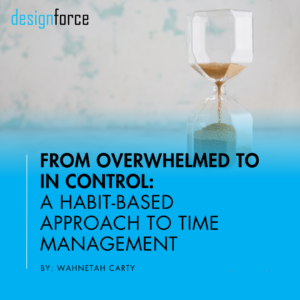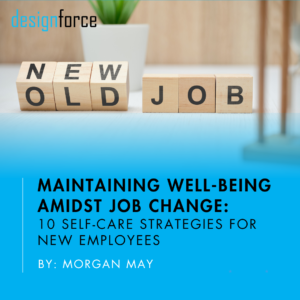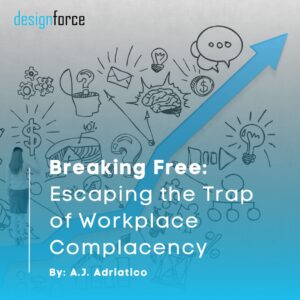Workplace burnout; a syndrome in which an individual has chronic workplace stress that is not properly managed. Think of your relationship with your work like you do any other relationship in your life. For it to be successful, it requires maintenance, high levels of communication, and boundaries. Stress starts small: burnout starts the same way. It can progress from a fleeting feeling of “I can’t wait for the weekend” to something more serious like missing project deliverables entirely or procrastination becoming consistently more attractive than work. There are various stages of burnout that one should be aware of.
Two psychologists, Gail North and Herbert Freudenberger identified twelve stages of burnout. These stages can manifest in different ways based on one’s personality; below is a condensed list of those twelve:
- The Compulsion to Prove Oneself –
When new in a position, it’s important to show enthusiasm and drive, however, burnout can sneak in even here when this gets to an obsessive level. The inability to switch off and decompress is an early sign that burnout may be affecting you.
- Neglect of Personal Needs –
Beyond the need to prove oneself, the obsessive continuation of work leads to bouts of insomnia, skipping of meals, and dismissing other major problems as unimportant. In the extreme of this phase, one begins to neglect personal values and family relationships, making work their primary focus.
- Collaboration Decline –
Stress building often causes loss of patience with one’s team members. Consequently, team collaboration declines precipitously, and motivation plummets. Any problems that arise are a direct result of work and the team, versus self. The stress persists outside of work, interfering with both family and social life.
- Odd Behavior Changes –
The accumulating stress leads to more drastic behavior changes which often becomes severe enough for family and friends to take notice. At this point, the disregard for one’s personal needs advances to a much larger scale, and one starts to experience feelings of depression and emptiness.
- Burnout Syndrome –
In the final stage, one experiences true burnout. This manifests as the most extreme levels of the previous symptoms, with a proportionally deleterious impact on work and social life. One feels completely overwhelmed, lost, unsure, and can, in extreme cases, experience mental and physical dissolution requiring medical attention.
How to Recover & How to Cope
While the advanced burnout stages are intense, most people progress only to the second level listed above. Like any condition, it is easier to treat if it is caught early. Regardless of the stage, once identified, burnout should be addressed immediately by establishing healthier coping mechanisms/strategies. So just how many people are affected by workplace burnout? According to a recent Gallup study, out of 7,500 full-time employees, 23% reported feeling burnt out very often, and an additional 44% sometimes do.
Recovery from burnout and coping with high levels of stress look very similar; In short, one needs to find time to decompress. There are various effective and fun ways to reduce stress and establish healthy coping strategies to avoid burnout in the future. Get exercise! Regular and consistent exercise helps to reduce stress as your body produces endorphins and allows your mind to focus on something other than work for some time. Mindful meditation is another fantastic way to reduce stress and avoid burnout. However you chose to reduce your stress, ensure it is done regularly to allow yourself to decompress and switch off from work.

Related Posts
Let's learn together.
Stay inspired and in the know on all things A|E|C.
Sign up for our monthly newsletter.










